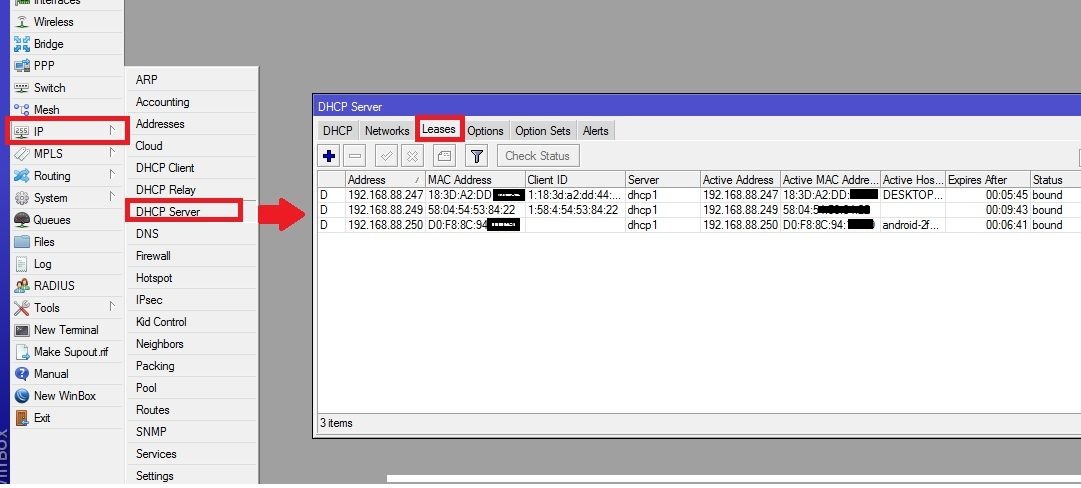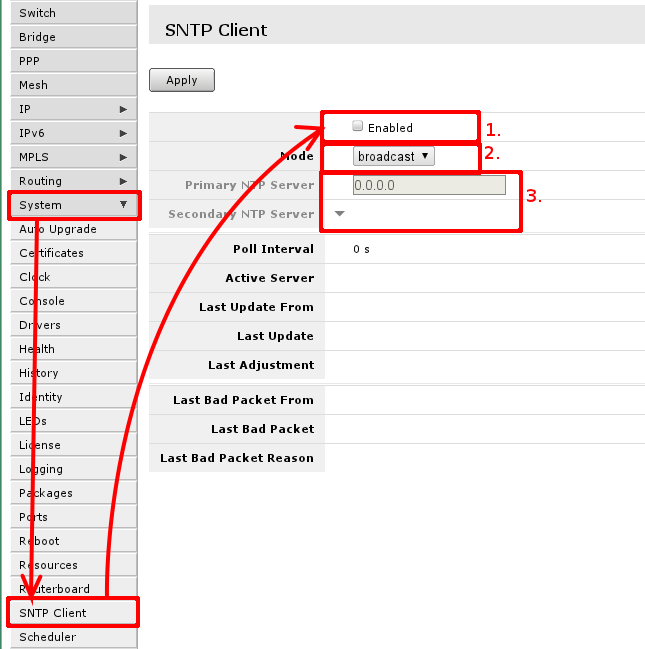

Granted I haven’t used mikrotik much, but our out of business competition did and the customers we picked up from them complained about packet loss horribly, not sure it if it was thru his routers, WAN link or wireless, but they were avid mikrotik users.Īt each of our towers we use 8 port service gateways, clustered if needed to have an individual subnet for each AP, a /26 public and a /24 private for our gear. If you are in the thousands of customers you might want to look at something a bit more robust than the mikrotik, not knocking the guys who use that gear, but it won’t hold up to some nice Cisco or Juniper routers and service gateways and looking at the service load, save a few dollars on a router could hurt much more than its going to help. We use all juniper gear for our routing, each customer is given a public IP and the SM and APs are on private lans And you can make the choice for yourself if you want to trunk VLANs around or just stick them into a router on site. This sort of thing is really easy to do with cheapo switches like a Cisco 2924 ($50 on eBay). All SMs and APs should have separate VLANs configured for their management interfaces versus the path that subscriber data takes.


Whatever you end up doing, though, I strongly recommend keeping management and subscribers separate. Don’t forget that OSPF is quite capable of supporting very many /32 routes so there is no reason to assign an entire block to a tower site. Or depending on what MikroTik offers, another possibility is terminating (via DHCP or PPPoE or something) customers at each tower and having a centralized IP pool that everything grabs from. Of course there are various different approaches and some of them fall in the middle… such as placing a router at each site that will terminate PPPoE and send PPP with L2TP back to a box at your CO. Once up and running properly, a customer’s NIC can only talk to the Redback or whatever other equipment we have connected at the CO. Our network is built so that there is complete layer 2 isolation between all subscribers through the use of 802.1q VLANs, “protected ports” (similar to Private VLANs)at sites, and port-based VLANs on CMMs. It keeps the gear in the field very simple as anything ‘complex’ is located in a real datacenter, and of course our IP usage is very efficient.

Currently we run a Redback SER-400 to terminate all PPPoE sessions. Coming from a DSL world our infrastructure is built around hauling all traffic to a central termination point.


 0 kommentar(er)
0 kommentar(er)
